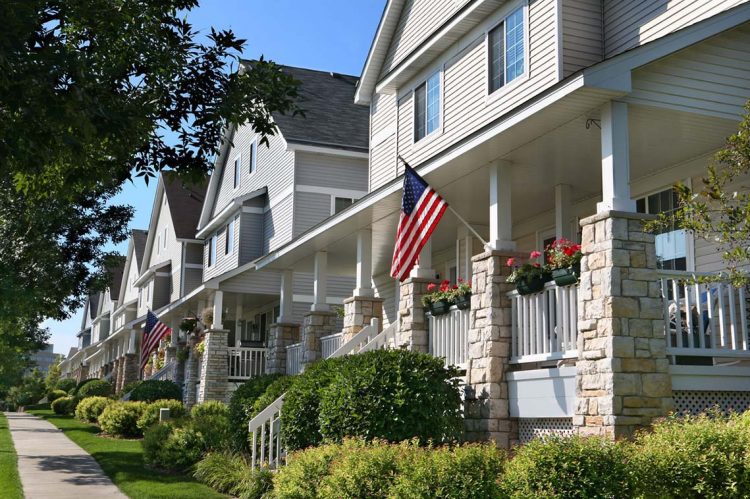Is the economy back to normal? It’s the question everyone wants answered as we navigate through a semi-return to normalcy amid the pandemic, and it’s the question Dr. Lawrence Yun, chief economist of the National Association of REALTORS® (NAR), posed as he opened the Residential Economic Issues & Trends Forum at NAR’s annual REALTOR® Conference & Expo, this year held in-person at the San Diego Convention Center in California.
While several market indicators lagged throughout the pandemic, the housing industry was an outlier, experiencing better than average conditions that have been sustained over the course of the last two years. But how long will it continue?
“All markets are seeing strong conditions and home sales are the best they have been in 15 years,” said Yun. “The housing sector’s success will continue, but I don’t expect next year’s performance to exceed this year’s.”
At the moment, home sales are the standout. And although there should be a slowdown going into 2022, said Yun, they will likely remain above pre-pandemic levels. The outcome, however, will largely depend on the influx of inventory, and as mortgages exit the forbearance program, we should begin seeing additional homes enter the market.
“With more housing inventory to hit the market, the intense multiple offers will start to ease,” Yun said. “Home prices will continue to rise but at a slower pace.”
Affordability has been a real challenge these last two years, with low mortgage rates and high buyer demand providing some balance. But now with rates rising as we come out of the pandemic, fears concerning inflation are surfacing.
Yun predicted that mortgage rates will see an increase of 3.7% in the coming months, a rise he attributes to persistent high inflation. Home prices rose by 12% on average in 2020 and 2021, while inflation rose 3%.
“Rising rents will continue to place upward pressures on inflation,” he said. “Nevertheless, real estate is a great hedge against inflation.”
In terms of a bubble for 2022, the signs are just not there. While home prices have outpriced people’s income overall, said Yun, with value growth matching up to 2005 levels, we don’t have an oversupply situation or risky subprime lending like we did during the last market crash.
An area to watch, which fell behind as a direct result of the pandemic, is the jobs market. According to Yun, since the lockdowns were lifted, 18 million jobs have been created, but we are still behind by 4 million jobs compared to pre-COVID levels.
The increased remote work trend could have a long-term impact on jobs and work preferences, affecting how and where people choose to live.
“We are only in the first innings of work-from-home options,” Yun said. “People have not fully digested the work-from-home-flexibility model yet in determining home size and locational choice.”
For more information, please visit www.nar.realtor.
 Liz Dominguez is RISMedia’s senior online editor. Email her your real estate news ideas to lizd@rismedia.com.
Liz Dominguez is RISMedia’s senior online editor. Email her your real estate news ideas to lizd@rismedia.com.











